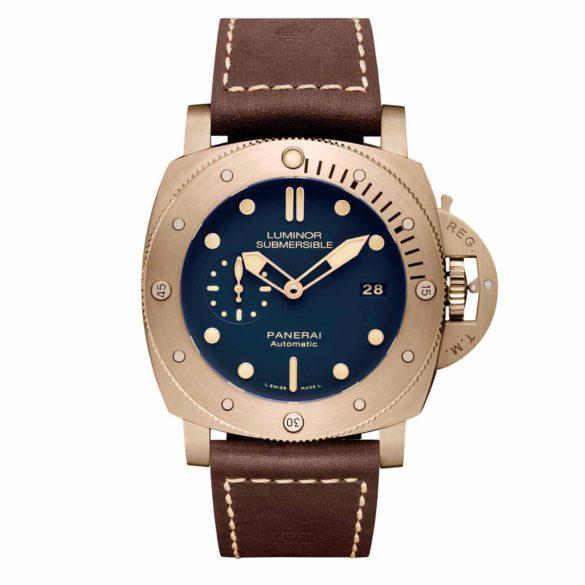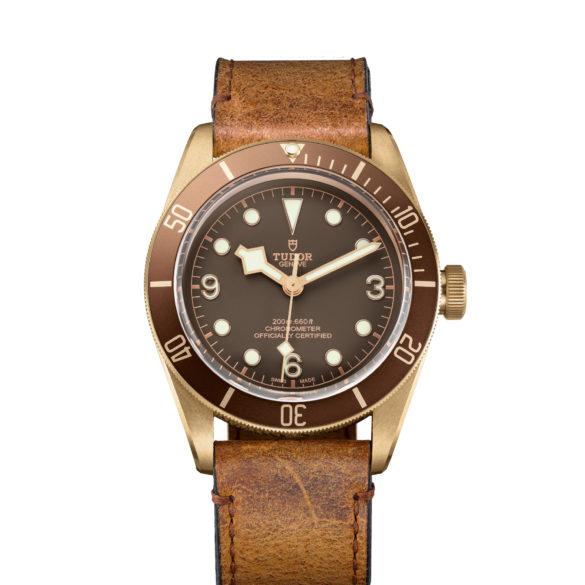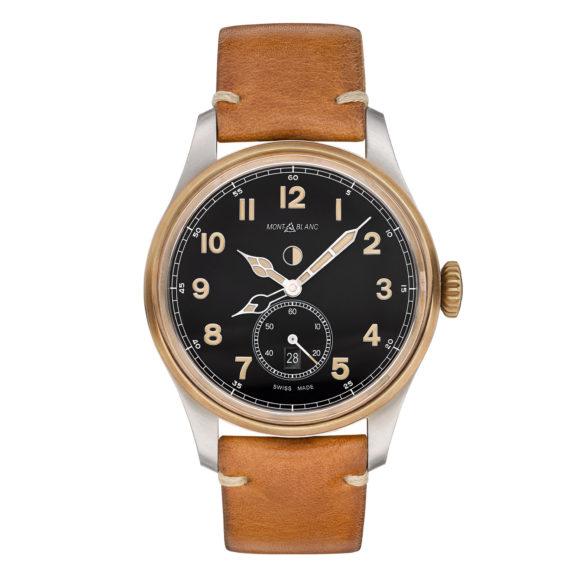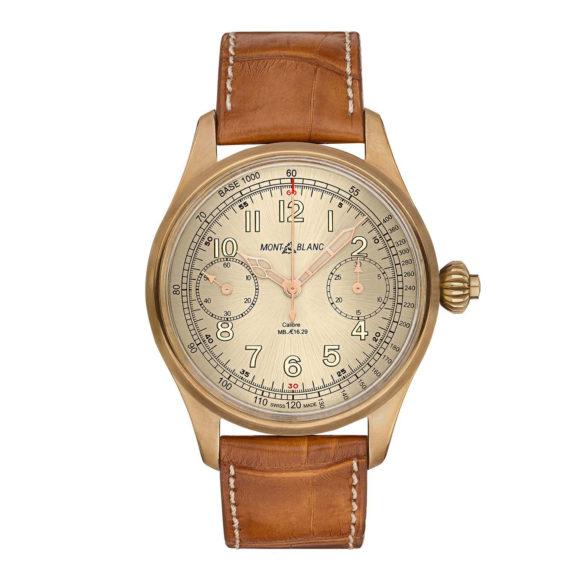The Bovet Ottantasei Flying Tourbillon comes in two limited editions: a titanium blue version and a bronze PVD version
Bronze
Bronze is an alloy traditionally composed of copper and tin, renowned for its historical significance and diverse applications. This durable metal has played a pivotal role in the development of human civilization, from crafting tools and weapons to artistic masterpieces. And sometimes it is also used for the case of watches.
,
Notable for its reddish-brown hue, the metal possesses an aesthetic appeal that has made it a preferred medium for sculptures and art throughout the ages. Its malleability allows artisans to create intricate designs. Additionally, it’s resistance to corrosion makes it a symbol of longevity, standing the test of time.
.
Is bronze strong enough for a watch?
.
Bronze is a suitable and durable material for watchmaking. While not as common as stainless steel or titanium, bronze has gained popularity in the watch industry. This is due to its unique aesthetic appeal and robust characteristics. Bronze develops a distinctive patina over time, which adds a vintage and individualized look to the watch.
.
Bronze is known for its corrosion resistance, making it particularly suitable for marine environments. Many watch enthusiasts appreciate the evolving appearance of a bronze watch. As it ages, showcasing a warm, oxidized layer that adds character and uniqueness.
.
Hardness of bronze compared to stainless steel
.
The Hardness Vickers (HV) with which the hardness of a material can be indicated is about 60 to 150. Stainless steel (316L) has an HV of about 150 to 200. However, most bronze used for watch cases have been treated with phosphor or aluminium which raises the HV to about 100 to 200. So, the hardness of bronze compared to stainless steel can be the same.
.
However, it’s important to note that the strength and durability of a watch depend not only on the case material. It has also to do with the design, construction, and the movement inside. Some manufacturers combine bronze cases with other materials or use specific treatments to enhance durability and longevity.
.
In summary, it is a strong and corrosion-resistant material that can be used effectively in watchmaking It provides both functional reliability and an appealing aesthetic for those who appreciate the evolving patina of the metal.
.
Compare case materials on the Hardness Vickers scale (from hard to hardest):
.
| Carbon | 20-50 HV |
| Platinum | 40 HV (950 platinum: 80-135 HV) |
| Silver | 70-90 HV |
| Bronze | 60-150 HV (100-200 HV treated) |
| Aluminium | 120-200 HV |
| Gold | 120-200 HV (18k or 14k) |
| Palladium | 150-200 HV |
| White gold | 150-250 HV |
| Stainless steel | 150-250 HV (special 1200 HV) |
| Titanium | 150-200 HV (grade 2) / 300-400 HV (grade 5) |
| Ceramic | 1200-1400 HV (1500-2000 for alumina) |
| Sapphire | 2000-2300 HV |
.
Watches from bronze
The Panerai Luminor Submersible 1950 3 Days Automatic 47 mm is now available in titanium (titanio) or bronze (bronzo)
Just wait for a short period and your Tudor Heritage Black Day Bronze will become unique as the bronze creates a patina over time
The Montblanc 1858 Automatic Dual Time Bronze has a Sellita based movement with a Montblanc dual time complication
The Montblanc 1858 Automatic Bronze is one out of three new models in the 1958 collection. This one has a bronze bezel and bronze crown
If you like vintage style military watches this Montblanc 1858 Chronograph Tachymeter Limited Edition Bronze might surprise you
When you look at the Strom Agonium Nethuns II you get the idea that someone found an ancient watch in a sunken pirate ship






